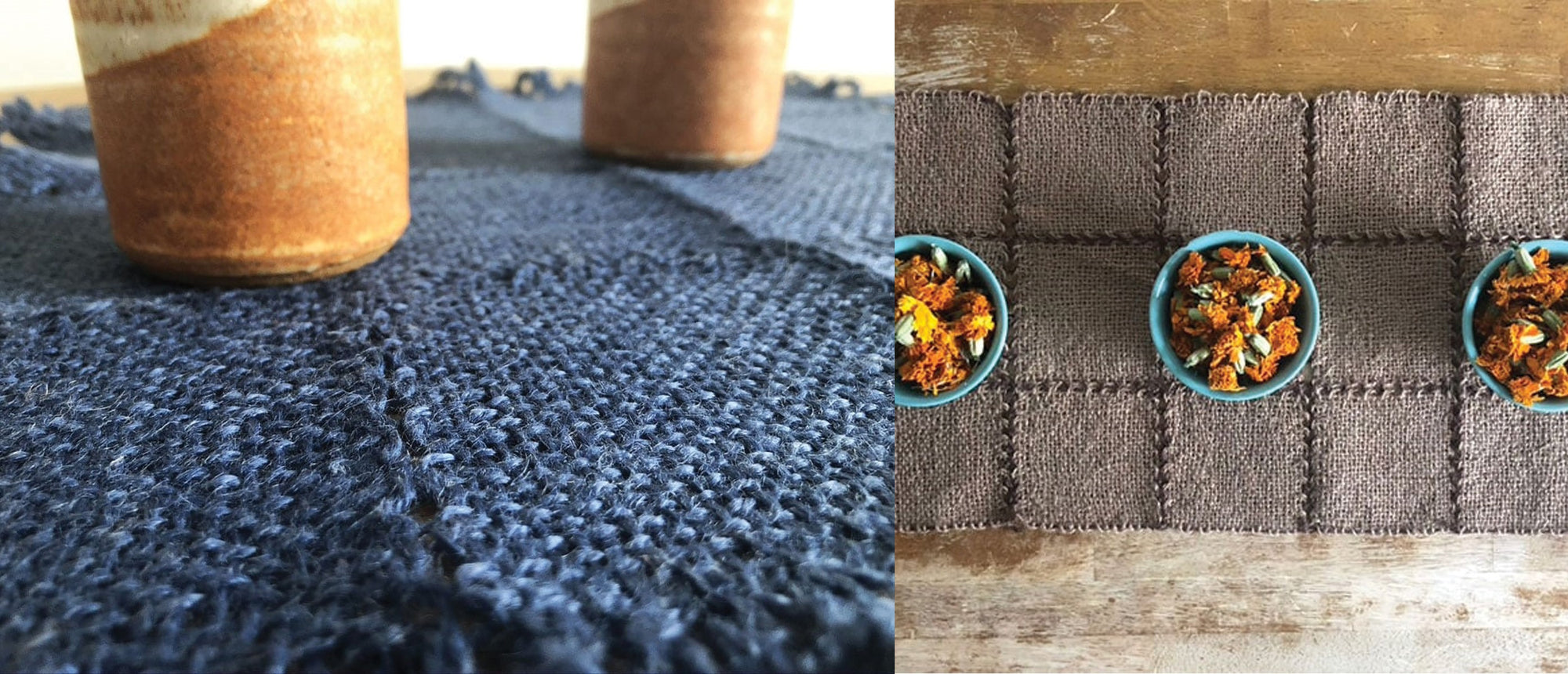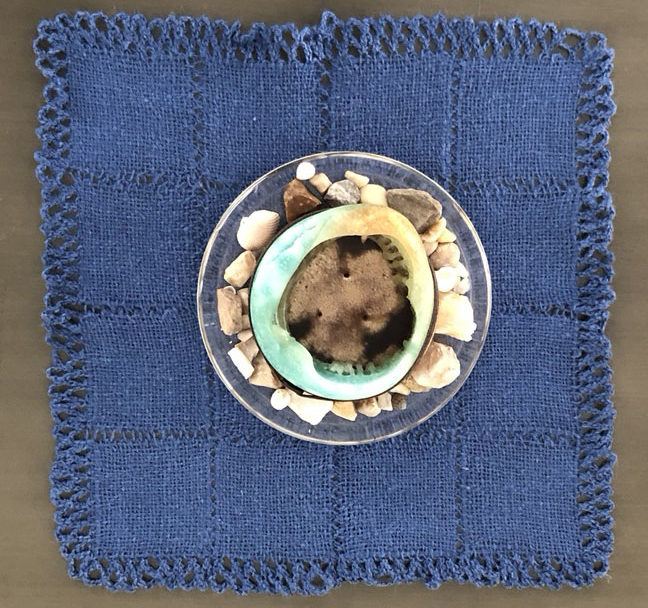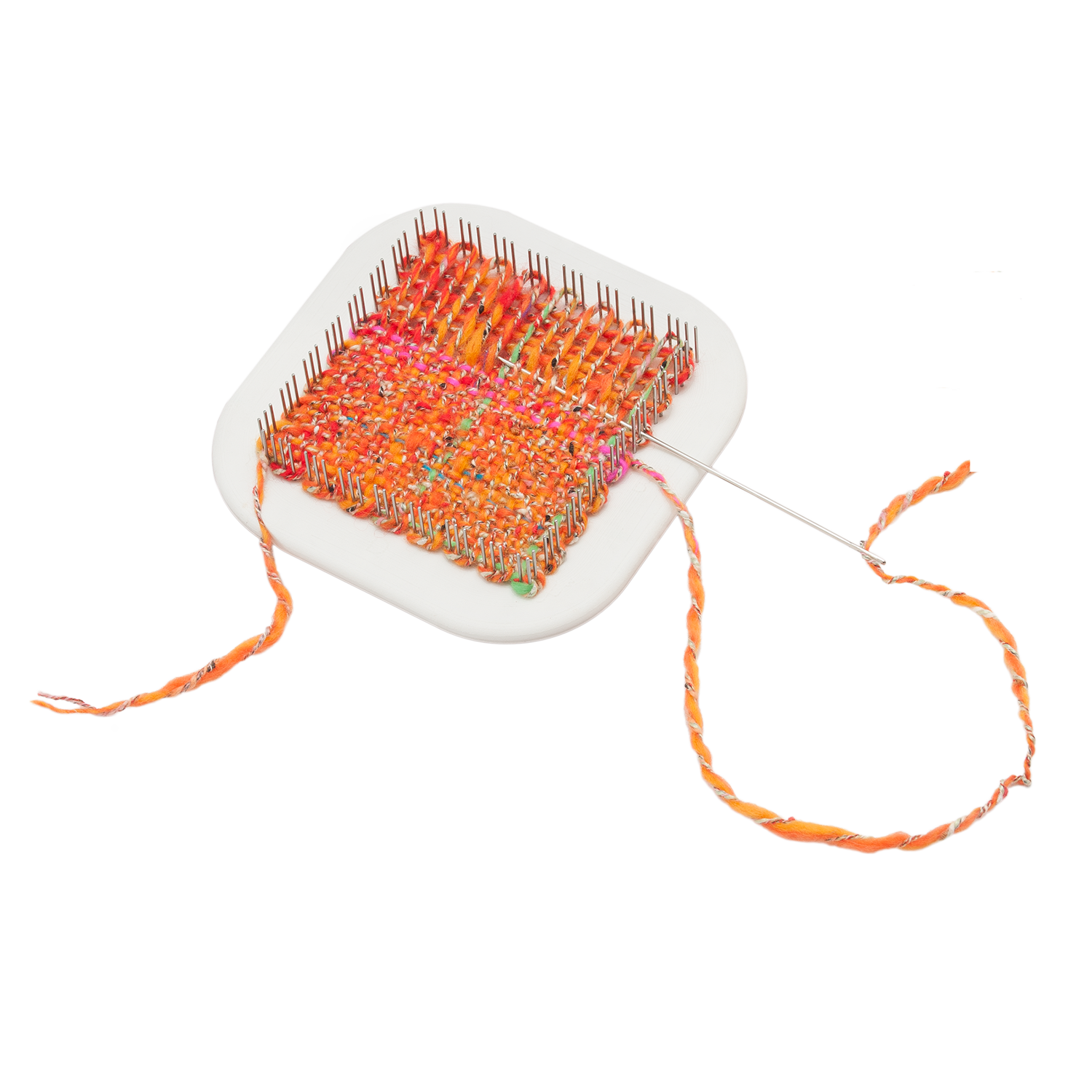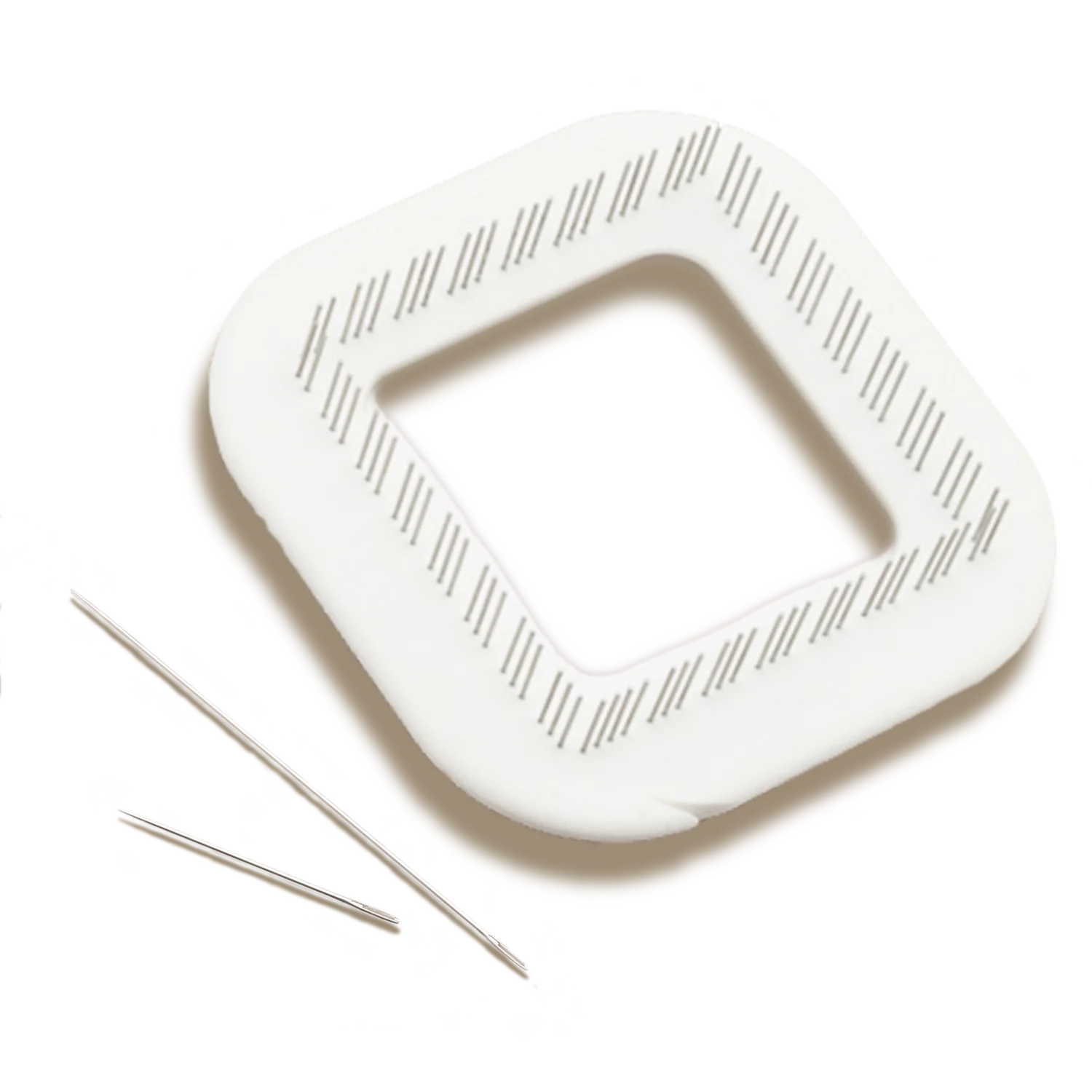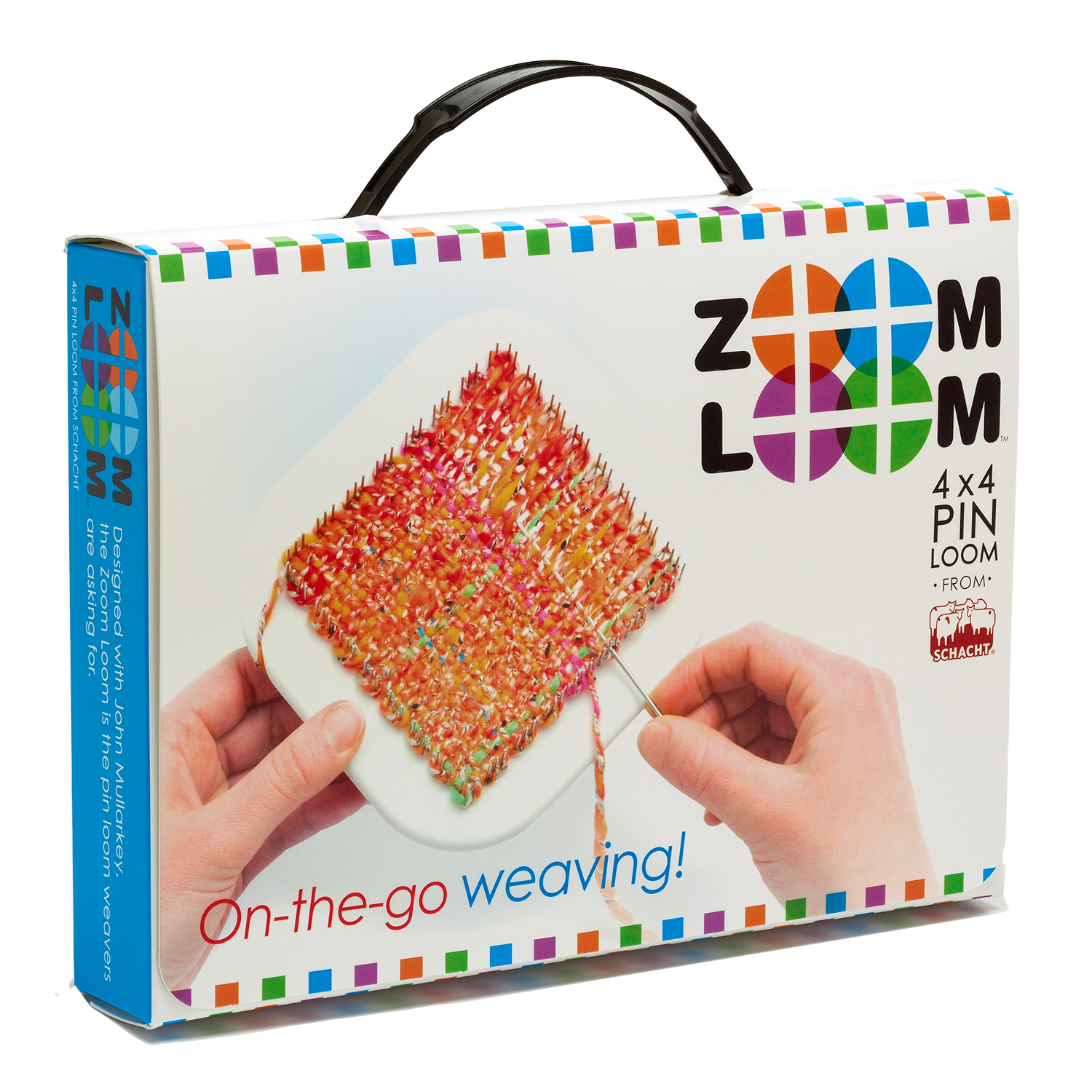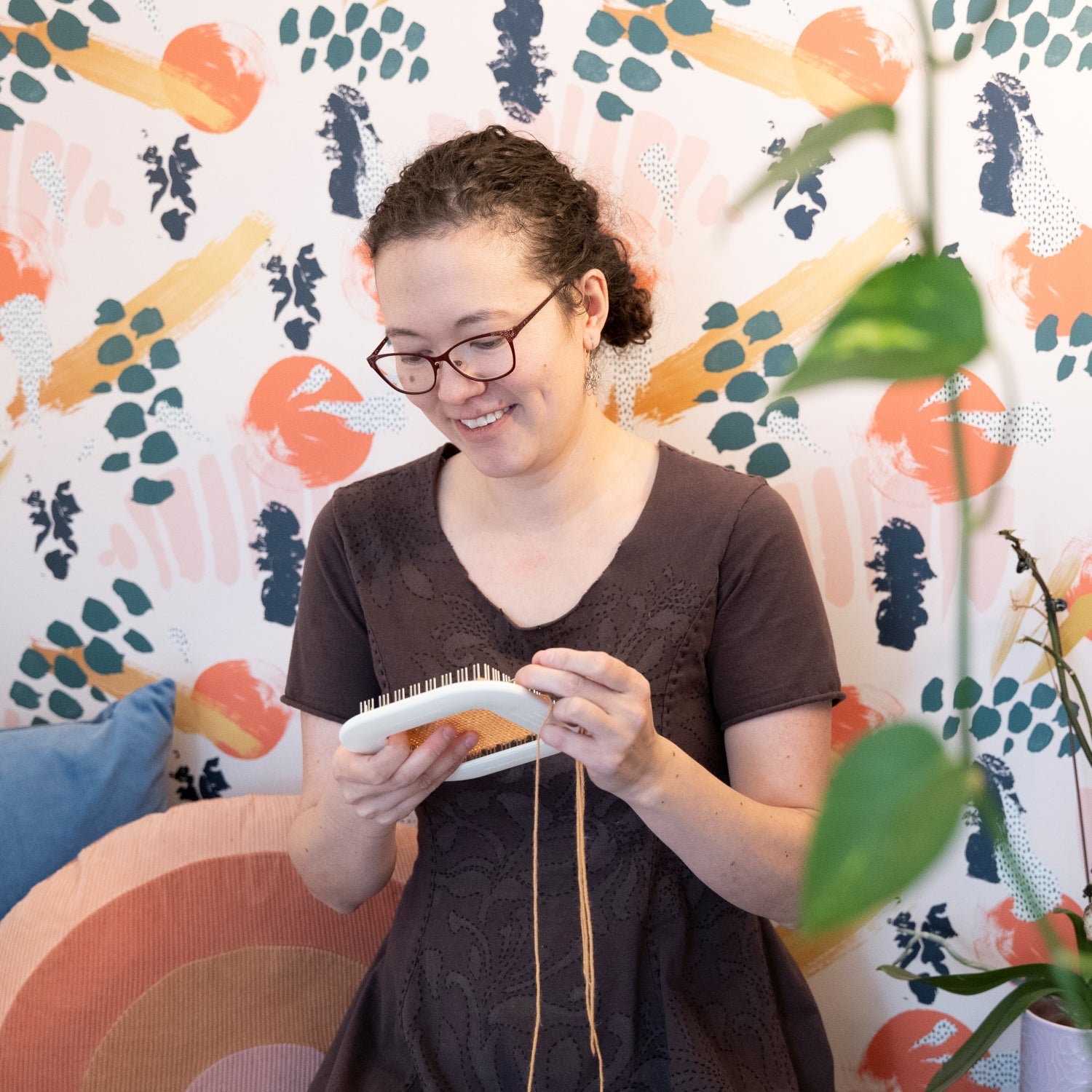Hemp Table Linens
Designed and woven by Constance Hall
Give hemp yarn a try! Its great colors and rustic nature will make your project distinctive and environmentally friendly. The yarn's stiffness will soften each time you wash the project.
Sustainability is more than just a buzzword these days, especially for makers. We want to reuse and remake, shop sustainably, and make environmentally sound choices. Yarn is no exception. One very good choice is hemp yarn—a useful yarn that is also easy on the environment.
- Hemp is a bast fiber like flax, jute, and ramie. They all come from plants with long, thin, strong fibers that grow on the outer portion of the stalk, over a core that is more woody. If you're not familiar with hemp, check out these fast facts:
- Hemp originated in Central Asia and was one of the first plants to be spun into usable fiber over 10,000 years ago.
- It can be grown in a wide range of latitudes.
- It is a fast-growing plant with three crops per year possible.
- Hemp plants replenish the soil and help control erosion. They need no pesticides since they are generally considered a weed.
- Hemp converts carbon dioxide to oxygen better than trees and can be planted more densely.
- Hemp comes in three varieties: fiber, grain, and cannabinoid. Yarn, textiles, rope, twine, building materials, and fuel all can be made from the fiber variety.
For many years, it was illegal to grow hemp in the US. Now that it's legal, hemp yarn comes in a wonderful range of colors. Knitters, crocheters, and weavers all have embraced working with hemp yarn. You can buy it as 100% hemp or blended with other fibers such as cotton or wool.
What You'll Need
-
Brown runner: Fibra Natura Java, 1 skein each of 102 Hazelwood (light brown) to weave the squares (about 219 yards) and 103 Walnut (dark brown) for seaming and edging
-
Blue bread cloth: Fibra Natura Java, 1 skein 107 Riviera Blue for squares (about 148 yards) and edging
-
Zoom Loom
-
2 tapestry needles
-
stretchy rubber bands
Materials
Equipment
Directions
Hemp Techniques
Weaving hemp yarn on a pin loom poses some challenges because the yarn lacks stretch. It has to be warped loosely so you can manipulate the weaving needle, but then it will fall off the Zoom Loom. You'll need some small, very stretchy rubber bands to warp and weave squares.
Throughout warping, leave the yarn as loose as possible—all the slack will get taken up as you weave. Begin warping the first layer as described in the instructions, placing a rubber band over the pins along the top and bottom edges. After you take the warp yarn around each pin, stretch the rubber band over this loop.
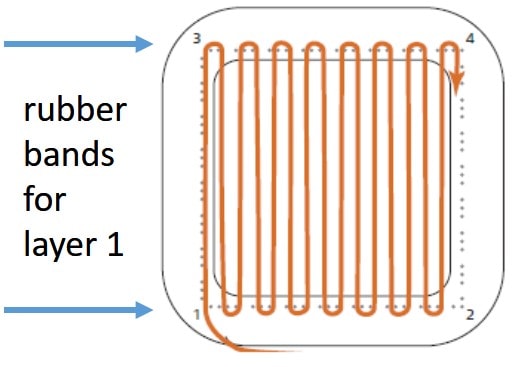
Repeat this process for the second layer. Your Zoom Loom will now have one rubber band on each edge, holding the loops of warp in place.
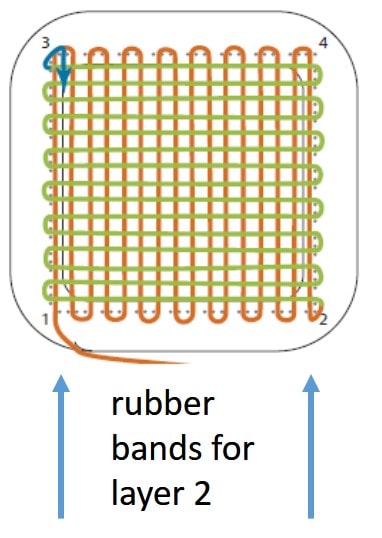
In warping layer 3, you'll undo the rubber band to expose just one pin, loop the warp around the pin, and then secure this loop with a second rubber band. Move along the top and bottom edges in this way, uncovering only the pins you need. You can use the same technique as you weave, particularly when you're inserting the weaving needle close to the pins.
Rustic Brown Table Runner
- Weave 27 squares, weaving in ends before removing the square from the loom.
- Notice how the top and bottom loops look different from the side loops. When you seam squares into rows, they need to have the same orientation. Mark the top edge of each square with a safety pin, just in case cats, dogs, or other humans like to play with your woven creations.
- Sew 3 squares in a row using the square knot join below; you'll have 9 rows. Then join the rows along their long edges to form a rectangle.
- Reinforce the runner edges: thread a double strand of yarn through a tapestry needle and run it through the outermost loops of the rectangle. A contrasting color will visually frame the runner, giving it a simple rustic look.
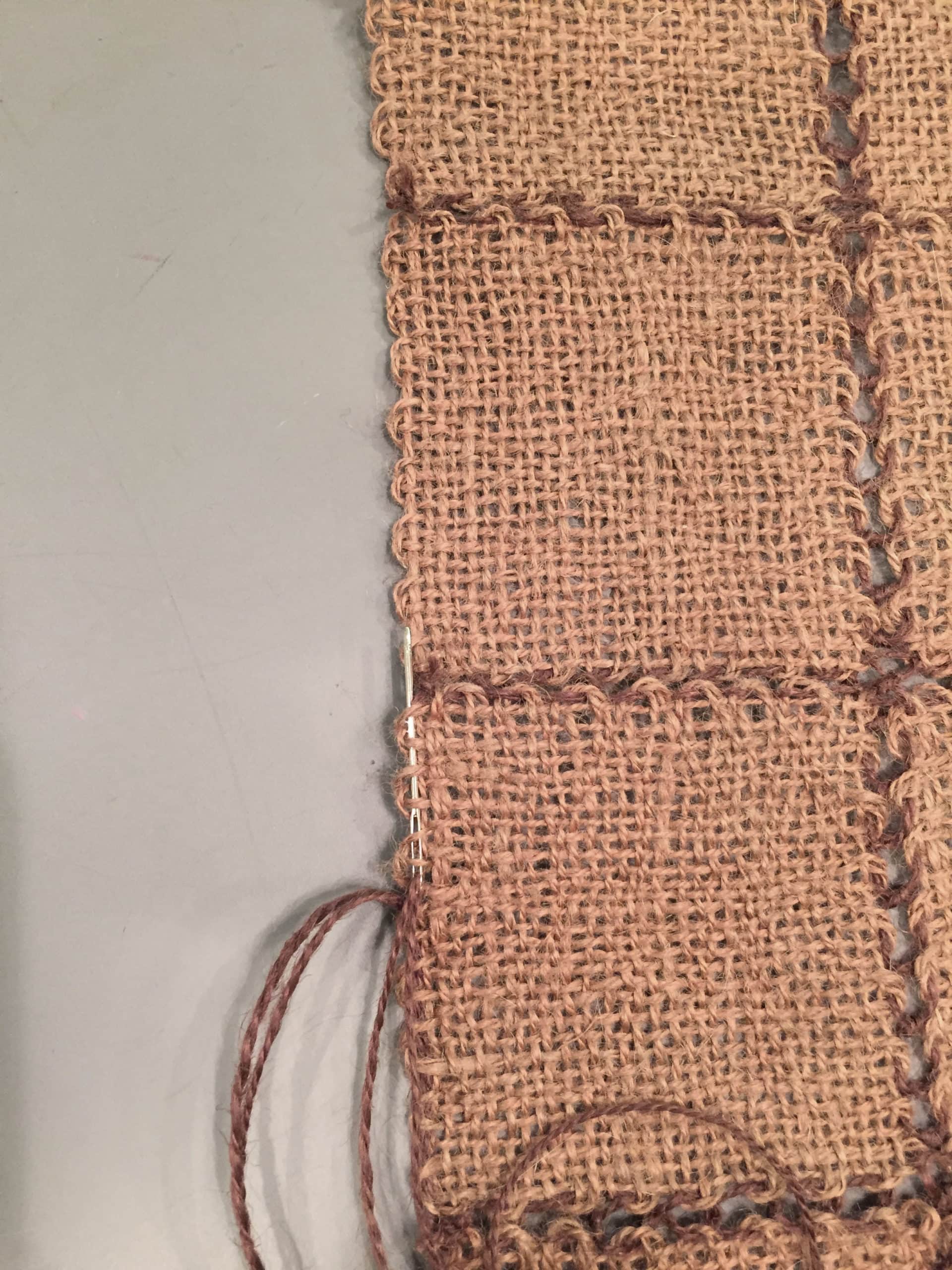
Square Knot Join
Place 2 squares next to each other, orienting their tops and aligning the loops.
Thread 2 tapestry needles with the seaming yarn (either the same color or a contrasting color). Each needle will travel up the side of 1 square, then meet the other needle in the gap between the squares, then return to its original square.
- Connect each seaming yarn to its square: run a threaded needle from the underside through the 2 loops at the bottom corner. (Leave a tail long enough to weave in later.) In the space between the squares, tie a square knot. Both seaming yarns are now on top of the squares.
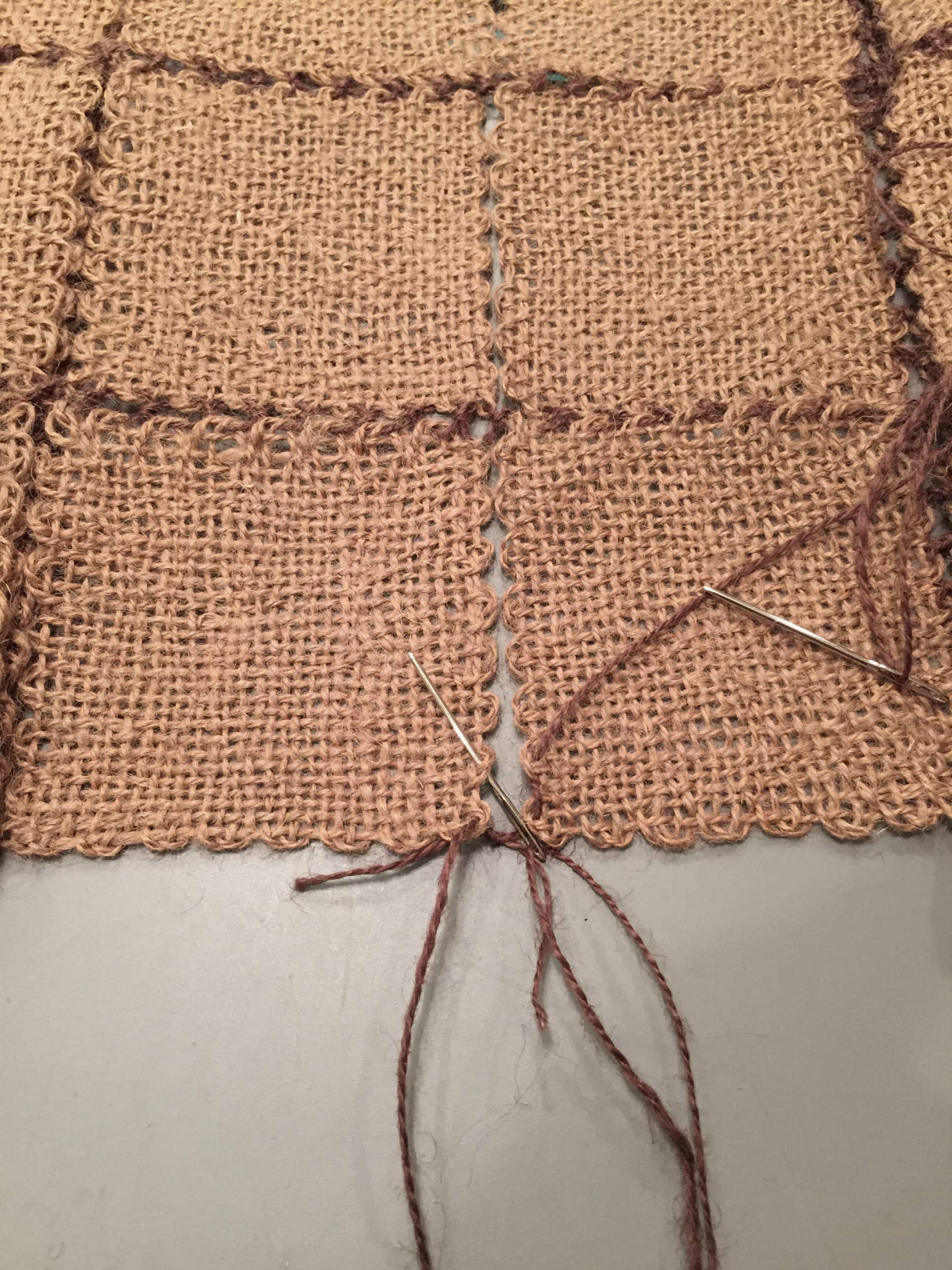
- From underneath each square, run the needle through the next 2 loops. Tie a square knot as before. Repeat this step until you reach the ends of the squares or the end of a row. Secure each seaming yarn with an overhand knot and leave a tail.
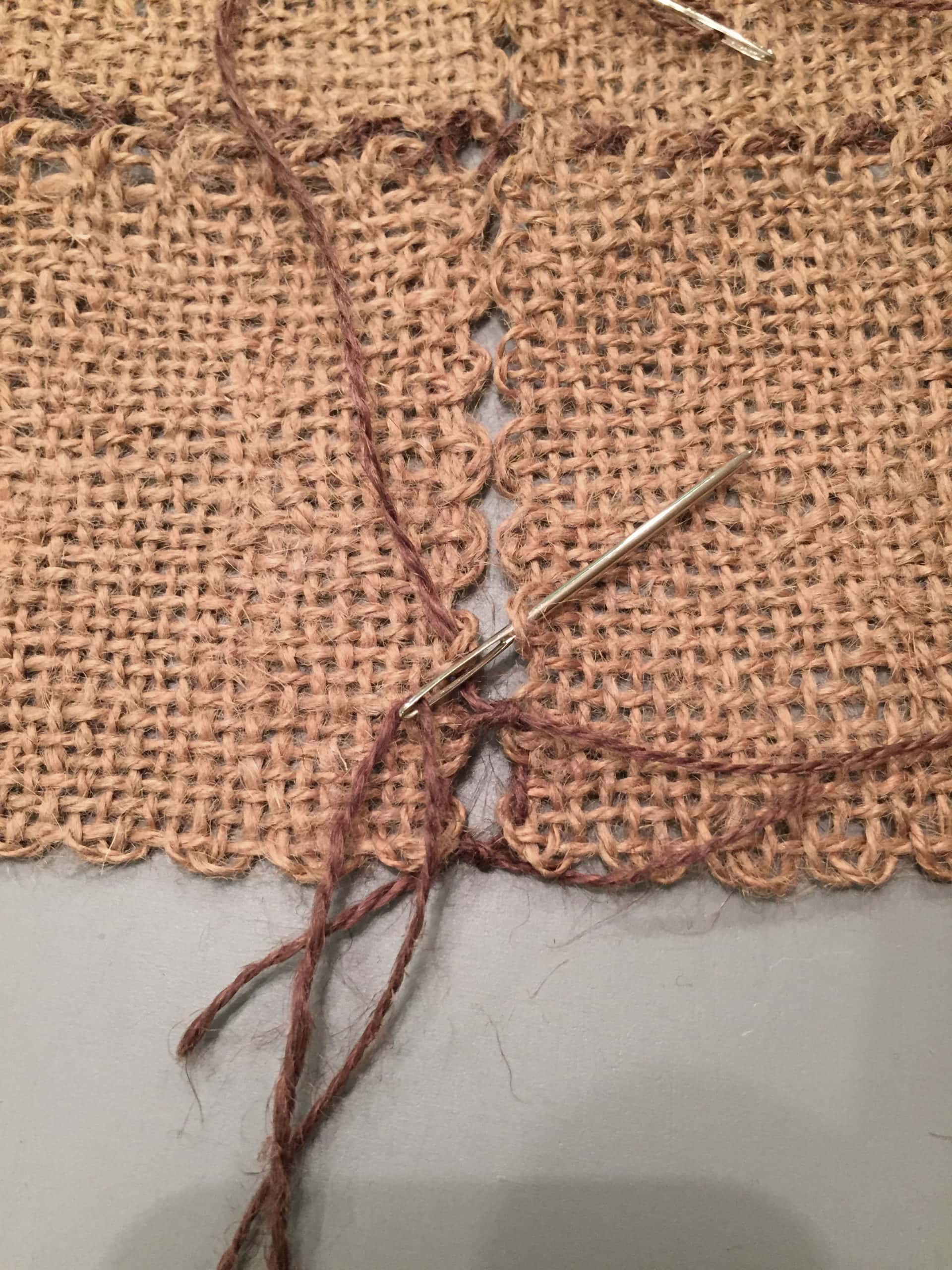
- Weave in beginning and ending tails through the wrong side of the edges you have just seamed.
Rustic Blue Bread Cloth
- I wove 16 squares and used the mattress stitch to join them in 4 rows of 4 squares each. You can use the square knot join described above if you prefer.
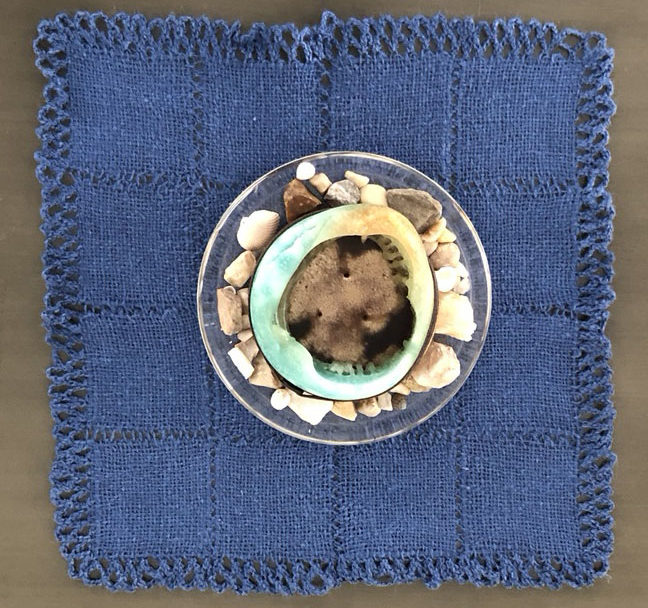
- For the border, I used a crochet hook: chain 10 stitches, join the chain to an edge loop, and repeat all the way around. I repeated the entire round for a lacy look; you can work as many rounds as you want. You're the designer!

